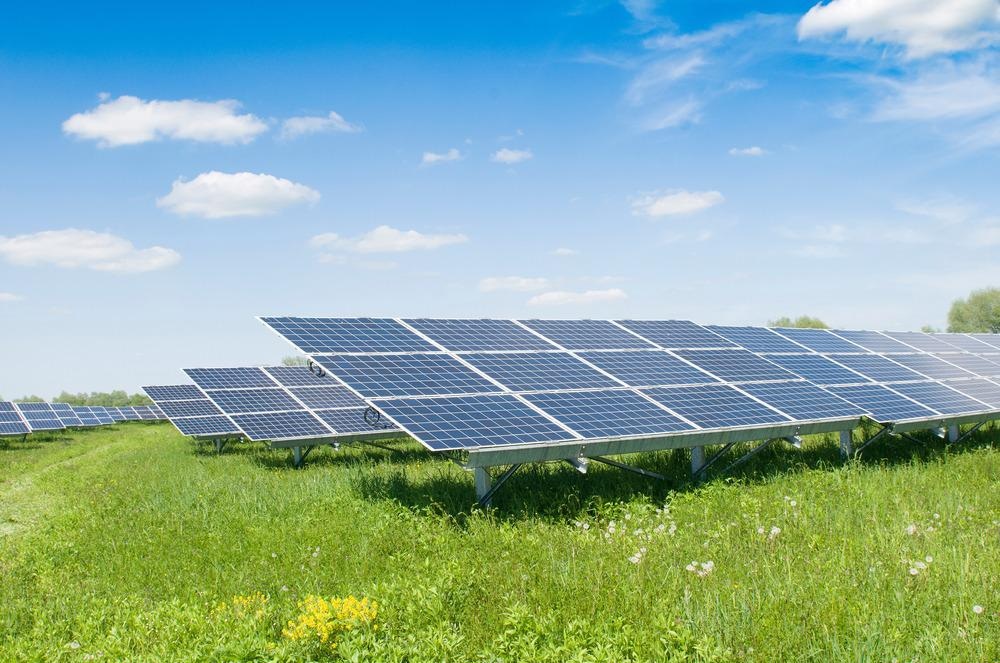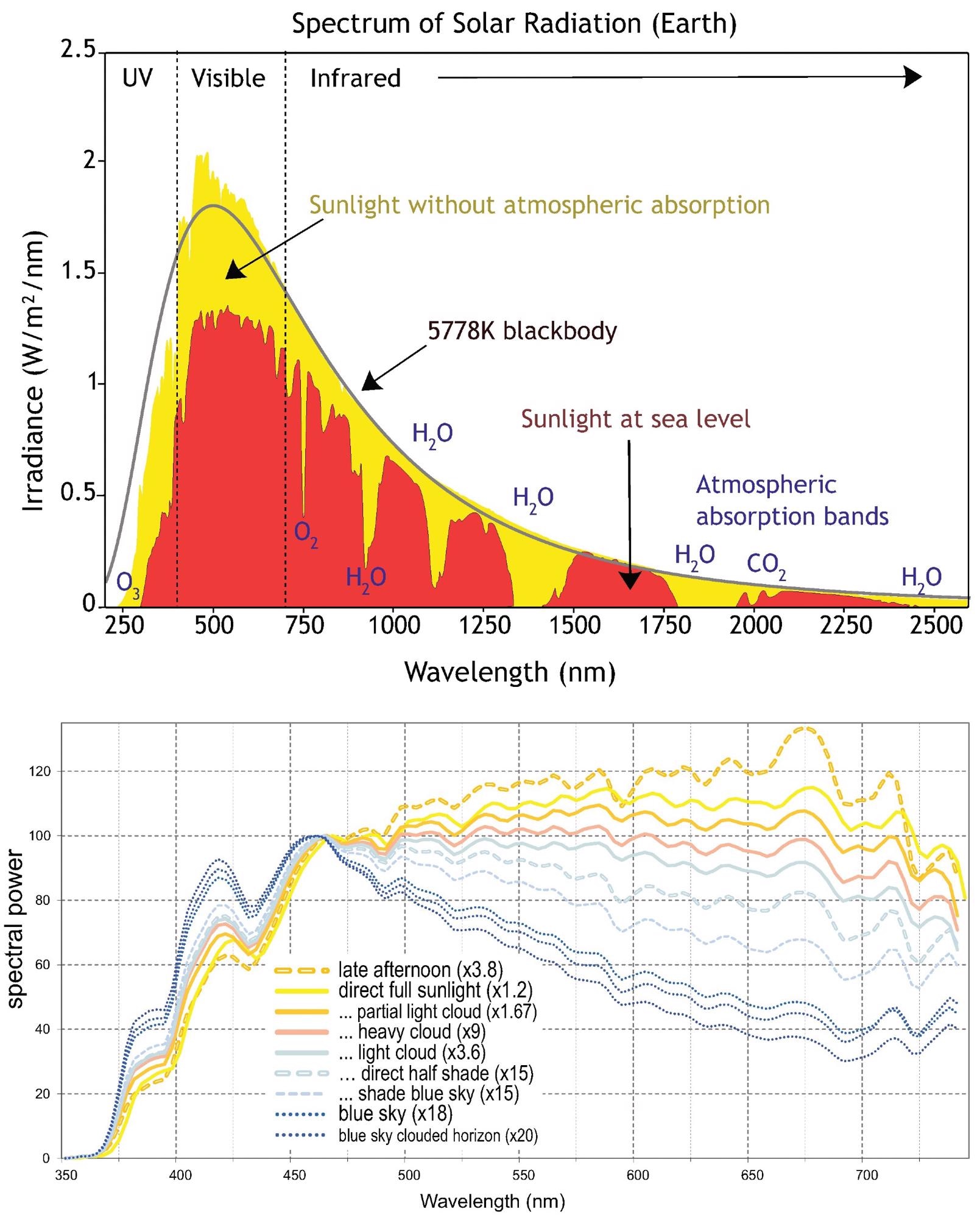 By Surbhi JainReviewed by Susha Cheriyedath, M.Sc.Mar 22 2022
By Surbhi JainReviewed by Susha Cheriyedath, M.Sc.Mar 22 2022In an article recently published in the open-access journal Materials, researchers discussed the metallization methods for the development of perovskite solar cells.

Study: Routes for Metallization of Perovskite Solar Cells. Image Credit: Perutskyi Petro/Shutterstock.com
Background
Photovoltaics (PVs) continue to increase their share of worldwide electricity demand. PVs, in combination with wind and hydropower, are steadily expanding the world energy supply. Si-type solar cells have a durability time span of 20–30 years. The procedures involved in their recycling and manufacture, on the other hand, are complex and costly in terms of energy. As a result, new, more user-friendly, and environmentally friendly technologies are desired.
Perovskite solar cells have emerged as a possible candidate for large-scale commercial application in recent years. The fundamental disadvantage of these new universal and adaptable solar systems is their short lifespan. Researchers have looked into lead-free substitute materials with similar chemical and electrical structures to mitigate this risk. However, such solutions result in a reduction in the efficiency of the cells.
![Variation of the forbidden gap in perovskites versus the chemical composition. There are two families of perovskites, with low (left) and high (right) gaps, which can be utilized to construct perovskite-perovskite tandem cells or to optimize the plasmonic effect [34].](https://www.azom.com/images/news/ImageForNews_58595_16479449703589851.jpg)
Variation of the forbidden gap in perovskites versus the chemical composition. There are two families of perovskites, with low (left) and high (right) gaps, which can be utilized to construct perovskite-perovskite tandem cells or to optimize the plasmonic effect. Image Credit: Jacak, J.E et al., Materials
Because of the plasmonic effect, the use of metallic nanoparticles increases the efficiency of solar cells. The role of metallic nano-components in perovskite cells differs from that of p-n junction solar cells, and the large forbidden gap and large effective masses of carriers in perovskite necessitate different metallic nanoparticle parameters than those used in p-n junction cells in order to achieve the efficiency increase.
About the Study
In this study, the authors investigated the characteristics of metalized perovskite solar cells, which function as hybrid chemical cells without p-n junctions. The possibilities of changing the chemical composition of perovskite and customizing metallic admixtures were examined to activate the relatively poor optical plasmonic photovoltaic effect in perovskite cells.
Appropriately designed perovskite structures with multi-shell elongated metallic nanoparticles were shown to increase photon absorption or optical plasmonic effect while simultaneously decreasing the binding energy of excitons which was related to the inner electrical plasmonic effect in the perovskite cells to achieve an increase in efficiency through metallization.
The team explored various ways for metalizing perovskite cells to exceed the Shockley–Queisser limit for solar cell efficiency, particularly in the perovskite cell family. They examined several aspects that can improve the plasmonic PV effect in the next generation of perovskite solar cells in this work, which focuses on the plasmonic PV effect. Many alternative ways for the usage of plasmonic components in perovskite solar cells were investigated and analyzed, for improving efficiency while also leveraging the optical absorption plasmonic effect in addition to the inner electrical one.

Sunlight spectrum at sea level versus the full radiation above the atmosphere (upper panel). Proportion of dispersion for additional damping of sunlight by atmospheric illumination conditions (lower panel). Image Credit: Jacak, J.E et al., Materials
The researchers demonstrated the activation of the optical absorption channel of the plasmonic photovoltaic effect in perovskite cells through the particular tailoring of metallic components. It was shown that in perovskite solar cells, it is possible to exploit both electrical and optical channels of the plasmonic PV effect could be exploited simultaneously by using split or blue-shifted plasmonic resonance metallic nano-components, metallic nanoparticles with an elongated shape, and multilayer core-shell multi-metal structures to outperform the efficiency increases observed for each of these channels separately.
The authors used a theoretical model to estimate the plasmonic photovoltaic effect. The optimization of the plasmonic effect in perovskite cells (with variable chemical compositions utilized for the absorber) was examined using the proposed quantum model. Numerous strategies were discussed to increase the efficiency of perovskite solar cells using nano-scale metallization.
Observations
The plasmonic photovoltaic effect was different in each type of cell because perovskite cells acted like a hybrid chemical cell in a way different than traditional p-n junction cells. It was of an optical kind in p-n junction cells, in which plasmonic components mediated the capture of incident solar photons. However, in perovskite cells, an intrinsic electrical plasmonic effect associated with the reduction of excitons' binding energy was dominating. The optical plasmonic effect in perovskite absorbers was weak and inconveniently pushed to the UV spectral range due to the huge gap and heavy masses of carriers.
The optical and electrical plasmonic effect in perovskite cells could be enhanced by appropriately adjusting metallic nano-components and the chemical composition of perovskite absorbers. Bi-metallic multi-shell elongated nanoparticles coated with a dielectric layer were found to be the most efficient ones.
Perovskite cells that could be printed from liquid precursors provided a very suitable answer for energy sources for future extra-terrestrial bases, especially in light of probable applications on the Moon or in space. The use of extra protection on perovskite cells by encapsulating them in plastic or glass was required in ordinary terrestrial circumstances.
Furthermore, in comparison to Si cells, the metallization procedure for perovskite cells was much simpler. The nanoparticles were small and sparsely dispersed (on the order of 108-10 per cm2) and the cost of metallization was low–up to 1 USD every 1 m2 of the cell.
![Flattening and elongation of the dipole surface plasmon resonance in multi-shell-core metallic nanoparticles. Thicknesses of shells are shown in nanometers [45] (Comsol simulation).](https://www.azom.com/images/news/ImageForNews_58595_16479449924622721.jpg)
Flattening and elongation of the dipole surface plasmon resonance in multi-shell-core metallic nanoparticles. Thicknesses of shells are shown in nanometers (Comsol simulation). Image Credit: Jacak, J.E et al., Materials
Conclusions
In conclusion, this study elucidated that the metallization of perovskite solar cells has a lot of promise for improving efficiency beyond the Shockley–Queisser limit.
The authors observed that deposition of metallic nanoparticles in perovskite cells was also inexpensive and straightforward, especially when the cell layers were ink-jet printed to admix particles for liquid precursors.
Disclaimer: The views expressed here are those of the author expressed in their private capacity and do not necessarily represent the views of AZoM.com Limited T/A AZoNetwork the owner and operator of this website. This disclaimer forms part of the Terms and conditions of use of this website.
Source:
Jacak, J.E., Jacak, W. A., Routes for Metallization of Perovskite Solar Cells. Materials 15(6) 2254 (2022). https://www.mdpi.com/1996-1944/15/6/2254